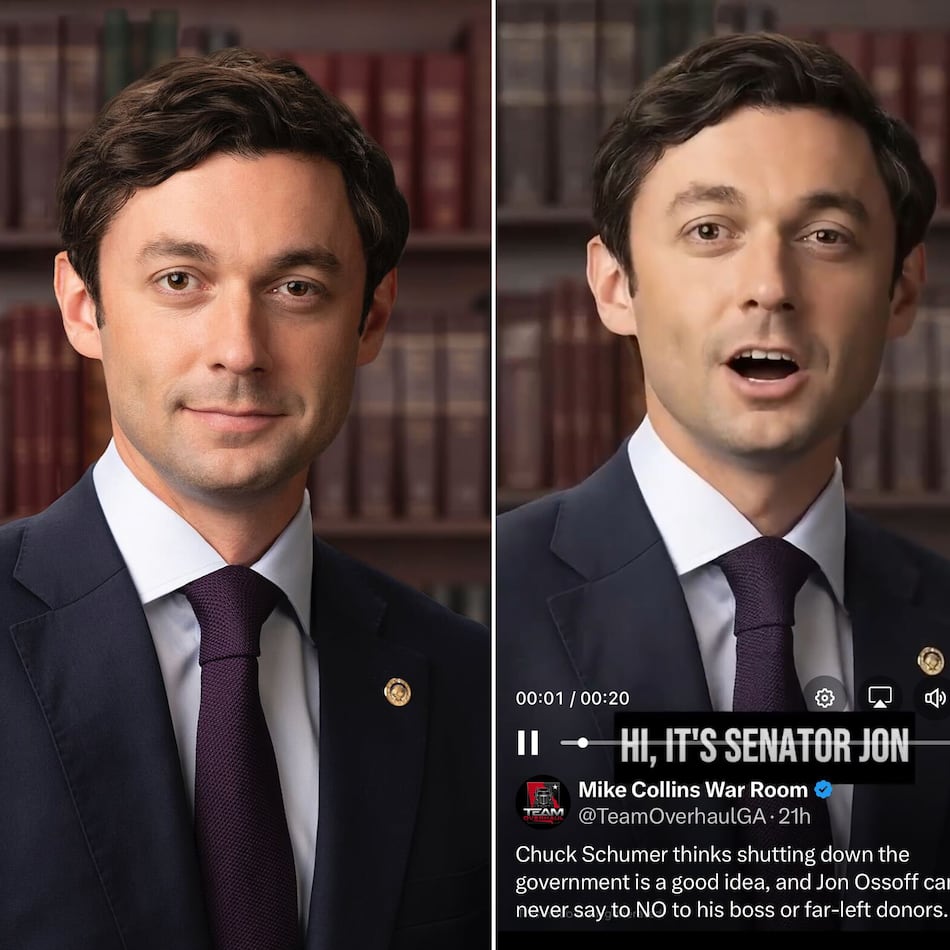With most of the country now under statewide stay-at-home orders, most but not all Southern states have issued their own mandates in the desperate race to stem the spread of coronavirus.
»COMPLETE COVERAGE: CORONAVIRUS
On Wednesday, Florida and Georgia became the two latest Southern states to order all residents to stay home through the end of the month. Other Southern states that have enacted statewide restrictions include Kentucky, Louisiana, Mississippi, North Carolina, Tennessee and Virginia, according to data provided by The New York Times.
Arkansas is the only state in the south with no stay at home orders, according to a report by KNWA Fox 24 News. It's one of five states nationally that have not issued any requirements at all. The others with that distinction include North Dakota, South Dakota, Nebraska and Iowa.
Alabama, Texas and South Carolina have no statewide orders but have left the decision to local officials, and many of them have implemented their own restrictions.
Overall, at least 294 million people in at least 37 states, 74 counties, 14 cities, the District of Columbia and Puerto Rico are being urged to stay home, according to the New York Times.
South mostly locked down
The following is a state-by-state breakdown from The New York Times of where stay-at-home orders stand throughout the country:
Credit: The New York Times
Credit: The New York Times
Alabama
Gov. Kay Ivey said she did not plan to issue a statewide order, saying that she wanted to balance the health of the state's residents with the health of the economy. "Y’all, we are not California, we’re not New York, we aren’t even Louisiana," she said on a conference call with reporters, according to AL.com. Birmingham, the largest city in the state, has issued a shelter-in-place order for its residents. According to a report by WTVY Channel 4 News, Ivey is expected to issue a shelter in place order soon, but was still considering the decision. She has already ordered many businesses to close until April 17.
Georgia
Gov. Brian Kemp announced that he would issue a statewide order for all residents to shelter in place, following a similar stay-at-home order in Atlanta and other areas.
He said he made the decision, in part, after learning that many people without symptoms are transmitting the virus. “At this point,” he said, “I think it’s the right thing to do.” The order becomes effective Friday.
Florida
Gov. Ron DeSantis, who for weeks resisted more stringent statewide measures even as cities and counties took action, announced that he would order the state’s more than 21 million residents to largely stay at home.
The governor said he started coming around to the necessity of a statewide order once the White House extended national guidelines to combat the coronavirus until April 30. “To me, that was, ’People aren’t just going to back to work,’” Mr. DeSantis said at a news conference in Tallahassee, the state capital. “That’s a national pause button.” The order becomes effective Friday.
Kentucky
Gov. Andy Beshear ordered all non-essential businesses to stop operating in-person services by March 26 and urged residents to stay "healthy at home." In a news conference on March 27, he clarified that the state's campaign amounted to telling residents to stay home. "That doesn't mean you need to cower down in your home," he said. But "you stay at home, unless you are getting groceries or other supplies that you may need."
Louisiana
“If we want to flatten the curve, we have to take action today,” Gov. John Bel Edwards said. New Orleans had previously issued its own order. Edwards said Monday he will extend the shelter-in-place order which has been in effect since March 23.
Mississippi
Gov. Tate Reeves announced a shelter-in-place order and asked all residents to take enforcement seriously. "If you will self-enforce this, it will go a long way to slowing the spread," he said. The order goes into effect April 3.
North Carolina
A number of cities and counties in North Carolina had already ordered their residents to stay home, but Gov. Roy Cooper made it official statewide. "Even if you don’t think you have to worry about yourself, consider our nurses, doctors, custodial staff & other hospital workers who will be stretched beyond their capacity if we are unable to slow the spread of this disease," he said on Twitter. The order has been in effect since March 30.
South Carolina
So far there is no statewide order to shelter in place in South Carolina.
Charleston and Columbia are among the cities ordering residents to stay home. "We must now take more dramatic action," Mayor John J. Tecklenburg of Charleston said, "while there is still time to save thousands of lives."
In Charleston a stay at home order went into effect on March 26, and in Columbia's order became effective on March 29.
Tennessee
Residents in the Nashville and Memphis areas were already under instructions to stay at home as much as possible when Gov. Bill Lee issued statewide guidelines urging everyone to do so. "We need you to do that to protect the lives of your neighbors," he said. The order went into effect on March 31.
Texas
No statewide order has been given in Texas. About 27 counties throughout the state have implemented stay at home or shelter in place orders, the earliest of which began on March 23.
Gov. Greg Abbott has left it to local officials to impose the most restrictive orders, but millions of people in the nation's second largest state have been told to stay home, including in Harris County, which includes Houston; Dallas and Tarrant Counties in the Dallas-Fort Worth region; and Bexar County, which includes San Antonio. “Another person has died within the last 24 hours,” said Clay Jenkins, the Dallas County judge. “We’re headed to a point of no return, if we continue to dawdle.”
Virginia
Gov. Ralph Northam, who shut down schools and nonessential businesses and banned gatherings of more than 10 people, had said that issuing a stay-at-home order was a matter of semantics. But after seeing beaches and other public areas packed with people, he issued a formal order. "It is clear more people still need to hear this basic message: Stay home." The stay at home order went into effect March 30.
— Information provided by The New York Times was used to develop this report.
About the Author
The Latest
Featured


